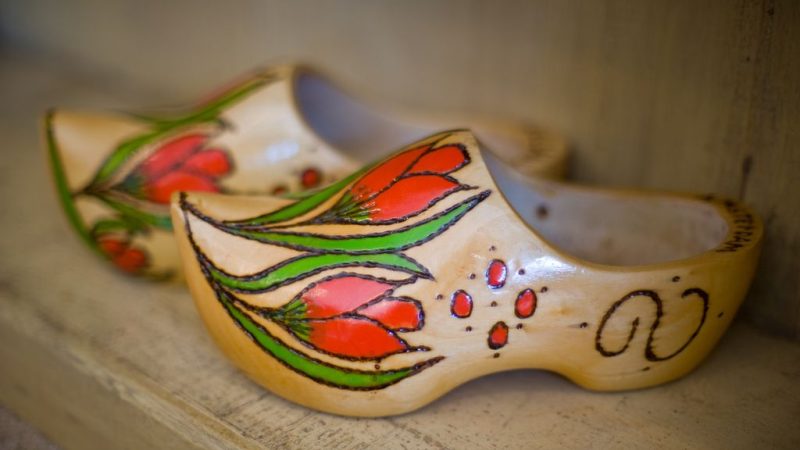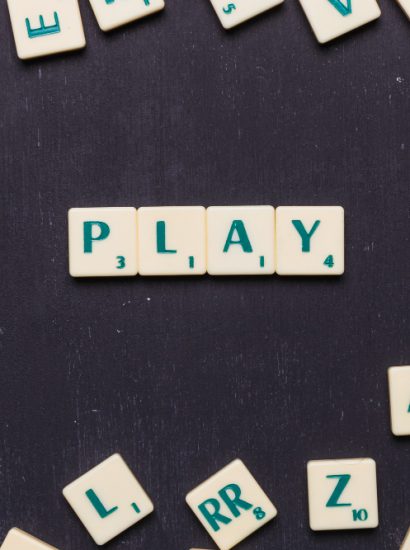Dutch clogs are more than just footwear; they are a symbol of Dutch culture and heritage. Rooted deeply in tradition, these wooden shoes have been worn for centuries and continue to captivate with their unique charm. In this article, we’ll explore ten timeless designs that define the Dutch clog, each representing a slice of history and craftsmanship.
The Classic Dutch Clog: A Historical Icon
The classic Dutch clog, often referred to as the “Klompen,” is perhaps the most recognizable design. Originating in the Netherlands, these clogs are typically made from a single piece of wood, usually poplar or willow. Their simple yet functional design has been used for centuries by Dutch farmers and workers. The durability and practicality of this clog made it ideal for the harsh working conditions of rural life.
Traditionally, these clogs were handcrafted using techniques passed down through generations. The wood is carved into the shape of a foot, and the resulting clog is finished with a natural oil to enhance its longevity. Despite its basic appearance, the classic Dutch clog is a testament to the ingenuity and resourcefulness of Dutch craftsmanship.
The Delft Blue Dutch Clog: Artistic Elegance
The Delft Blue Dutch clog is a fusion of traditional clog-making and the renowned Delft Blue pottery. This design incorporates the intricate blue and white patterns that are characteristic of Delftware. The combination of a sturdy wooden base with delicate porcelain-like designs creates a unique contrast that stands out in the world of klompen.
These clogs are often used as decorative pieces rather than functional footwear. The detailed hand-painted patterns showcase Dutch artistic heritage, making them popular souvenirs for visitors to the Netherlands. The Delft Blue klompen exemplifies how traditional craftsmanship can evolve and adapt while maintaining its cultural significance.
The Floral Dutch Clog: A Touch of Nature
The Floral Dutch clog is a vibrant and colorful design that celebrates nature’s beauty. Typically adorned with hand-painted floral patterns, these clogs reflect the rich agricultural heritage of the Netherlands. The floral designs can range from intricate roses to bright tulips, capturing the essence of Dutch horticulture.
These clogs are often worn during festivals and parades, adding a splash of color and cheer to traditional Dutch attire. The Floral Dutch clog not only serves as practical footwear but also as a canvas for artistic expression, blending function with beauty.
The Embroidered Dutch Clog: Craftsmanship in Detail
The Embroidered clog is a showcase of meticulous craftsmanship. Unlike the more basic designs, these clogs feature elaborate embroidery work that adds a touch of elegance. The embroidery often includes traditional motifs and patterns that have been passed down through generations.
This design is typically seen in ceremonial or festive contexts, where the clogs are worn as part of traditional costumes. The intricate embroidery highlights the skill and artistry of Dutch artisans, making each pair of embroidered clogs a unique work of art.
The Children’s Clog: Fun and Functional
Children’s clogs are designed with both fun and function in mind. These clogs are often smaller versions of traditional designs, featuring bright colors and playful patterns. They are crafted to be sturdy and durable, accommodating the active lifestyles of young children.
The Children’s clog serves as a practical introduction to traditional footwear, allowing young ones to experience Dutch culture from an early age. The whimsical designs and vibrant colors make these clogs appealing to both children and their parents.
The Hand-Painted Clog: Personal Touch
Hand-painted clogs are a testament to the personal touch that artisans bring to their craft. These clogs feature custom designs painted directly onto the wood, often reflecting the wearer’s preferences or local themes. The hand-painting process allows for a high degree of customization, making each pair of clogs unique.
These clogs are popular as personalized gifts or keepsakes, capturing individual tastes and memories. The hand-painted clog exemplifies the creativity and personal expression that can be infused into traditional designs.
The Leather-Lined Clog: Comfort Meets Tradition
The Leather-Lined clog combines the classic wooden base with a leather lining for added comfort. This design addresses one of the common criticisms of traditional clogs—comfort. The leather lining provides a softer, more cushioned interior, making these clogs suitable for extended wear.
This hybrid design maintains the traditional appearance of the clog while incorporating modern comfort features. The Leather-Lined clog is ideal for those who appreciate traditional aesthetics but seek a more comfortable footwear option.
The Modern Clog: Contemporary Twist
The Modern clog represents a departure from traditional designs, incorporating contemporary materials and styles. These clogs often feature updated designs, such as sleek lines, minimalist patterns, and innovative materials like synthetic woods and fabrics.
While they may diverge from traditional aesthetics, the Modern clog maintains the core functionality and durability of its predecessors. This design appeals to a new generation of wearers who value both style and tradition.
The Festival Clog: Celebratory Spirit
The Festival clog is designed specifically for festive occasions and parades. These clogs often feature bright colors, glitter, and decorative elements that align with the celebratory spirit of Dutch festivals. They are typically worn as part of elaborate costumes, adding a touch of flair to the festivities.
The Festival clog highlights the joyous and communal aspect of Dutch culture, providing a vibrant and playful element to traditional celebrations.
The Vintage Clog: Retro Charm
The Vintage clog is a nostalgic nod to past designs, often reflecting styles from previous decades. These clogs are characterized by their retro patterns and colors, evoking a sense of nostalgia for a bygone era. They are popular among collectors and enthusiasts who appreciate the historical significance of traditional footwear.
The Vintage clog serves as a bridge between past and present, preserving the charm of earlier designs while remaining relevant in modern fashion.
Conclusion
Dutch clogs are a rich tapestry of tradition, craftsmanship, and culture. From the classic designs that have stood the test of time to the modern adaptations that reflect contemporary tastes, these wooden shoes embody the essence of Dutch heritage. Each design tells a story, whether it’s the artistry of Delft Blue, the vibrancy of floral patterns, or the comfort of leather linings.
As we explore these ten timeless designs, it becomes clear that clogs are more than just footwear—they are a symbol of tradition and artistry. Whether worn for practical purposes or admired as decorative pieces, clogs continue to captivate and inspire.
FAQs
Q1. What is the origin of Dutch clogs?
Clogs, or “klompen,” originate from the Netherlands. They have been worn for centuries, originally crafted from wood for durability and practicality in harsh working conditions.
Q2. Are clogs still worn today?
Yes, clogs are still worn today, particularly in rural areas and during traditional events and festivals. They are also popular as decorative items and souvenirs.
Q3. What materials are used to make clogs?
Traditional clogs are made from wood, typically poplar or willow. Modern variations may use synthetic materials, and some designs incorporate leather linings for added comfort.
Q4. How are clogs made?
Clogs are made by carving a single piece of wood into the shape of a foot. The wood is then shaped, sanded, and finished with oil to enhance its durability.
Q5. What are some popular designs of clogs?
Popular designs include the classic wooden style, Delft Blue variations, floral patterns, embroidered details, and modern adaptations. Each design reflects different aspects of cultural heritage and craftsmanship.
Also read: Shoes Inside: 10 Stylish Options for Indoor Footwear









